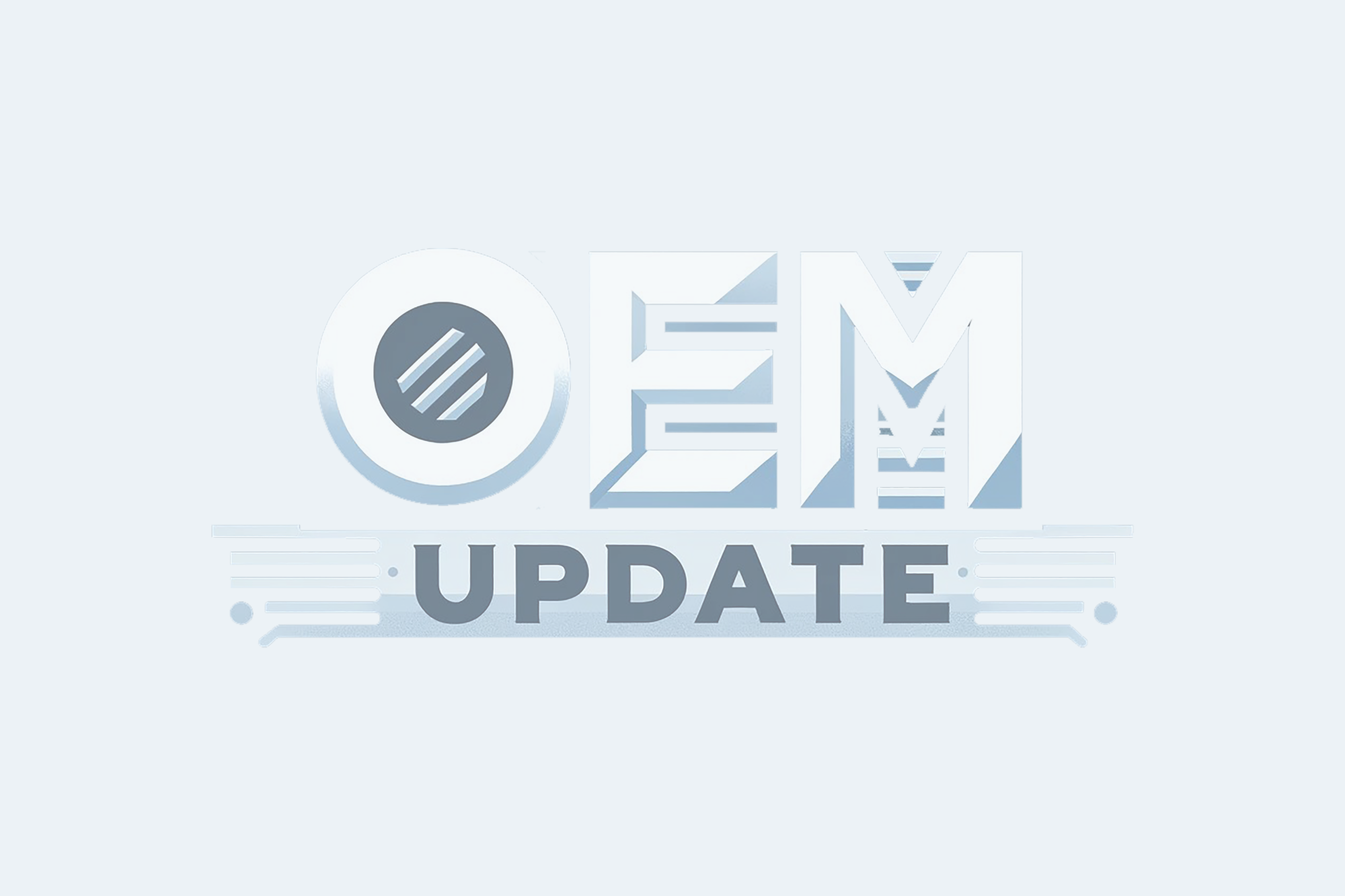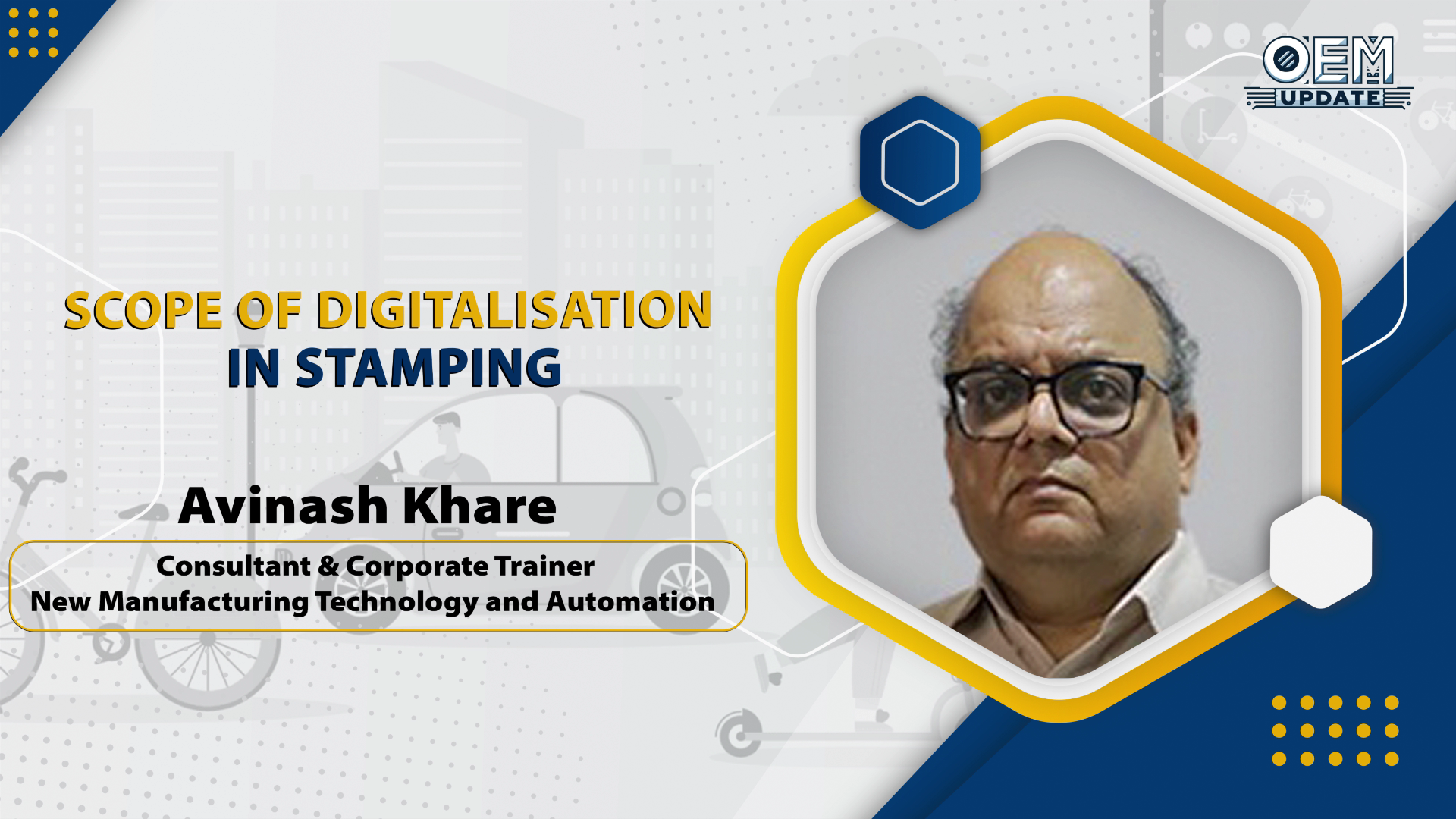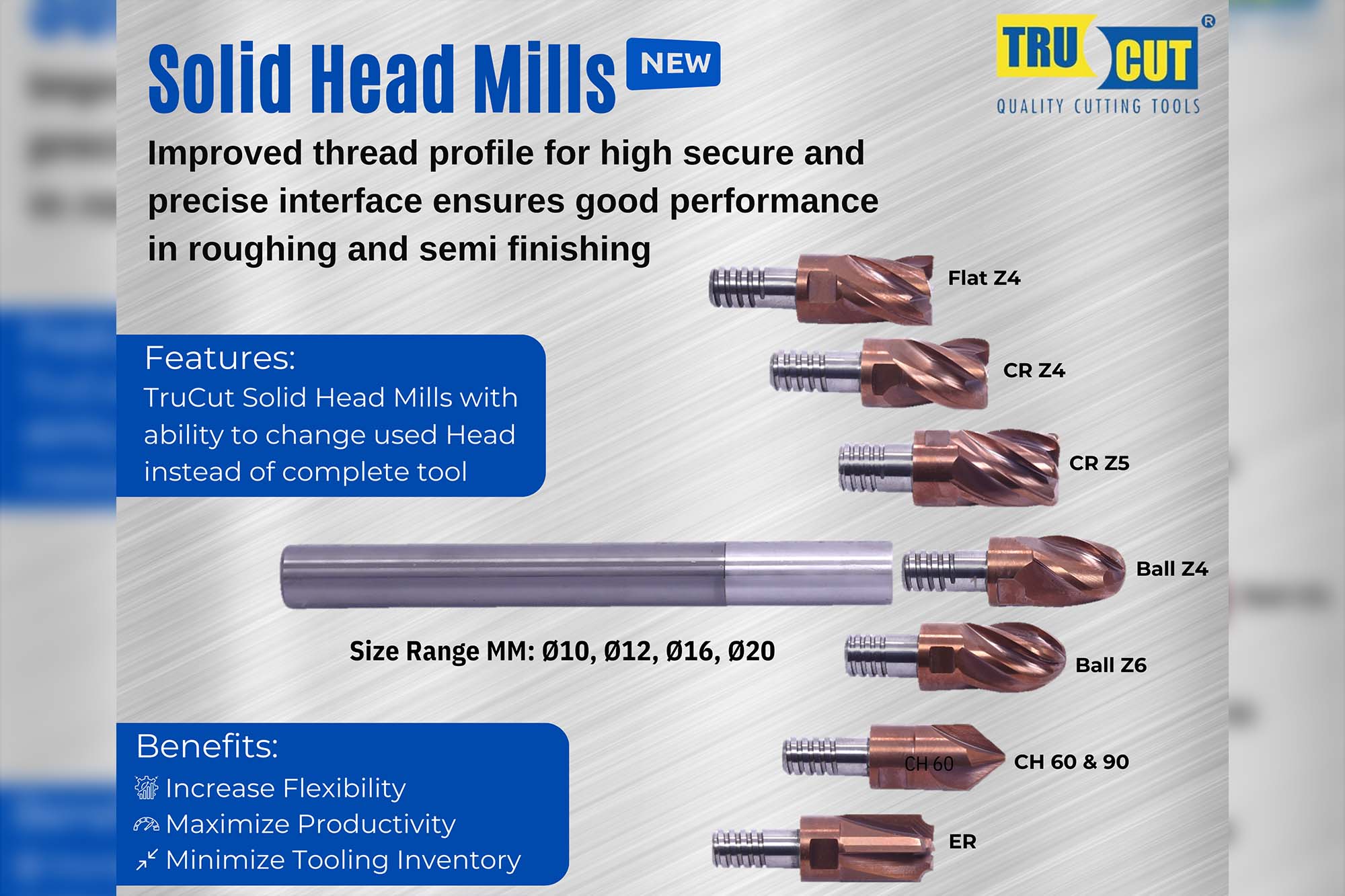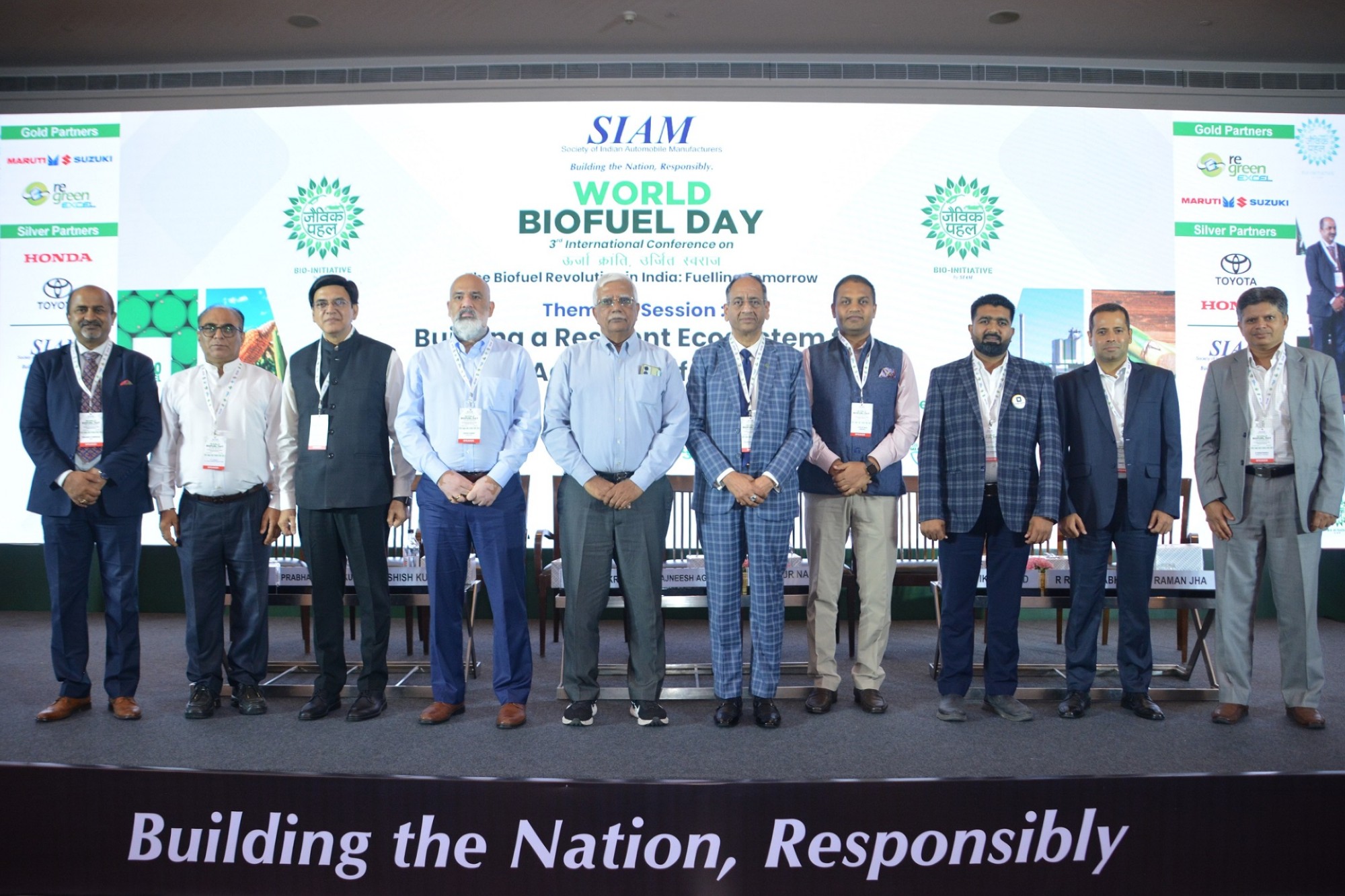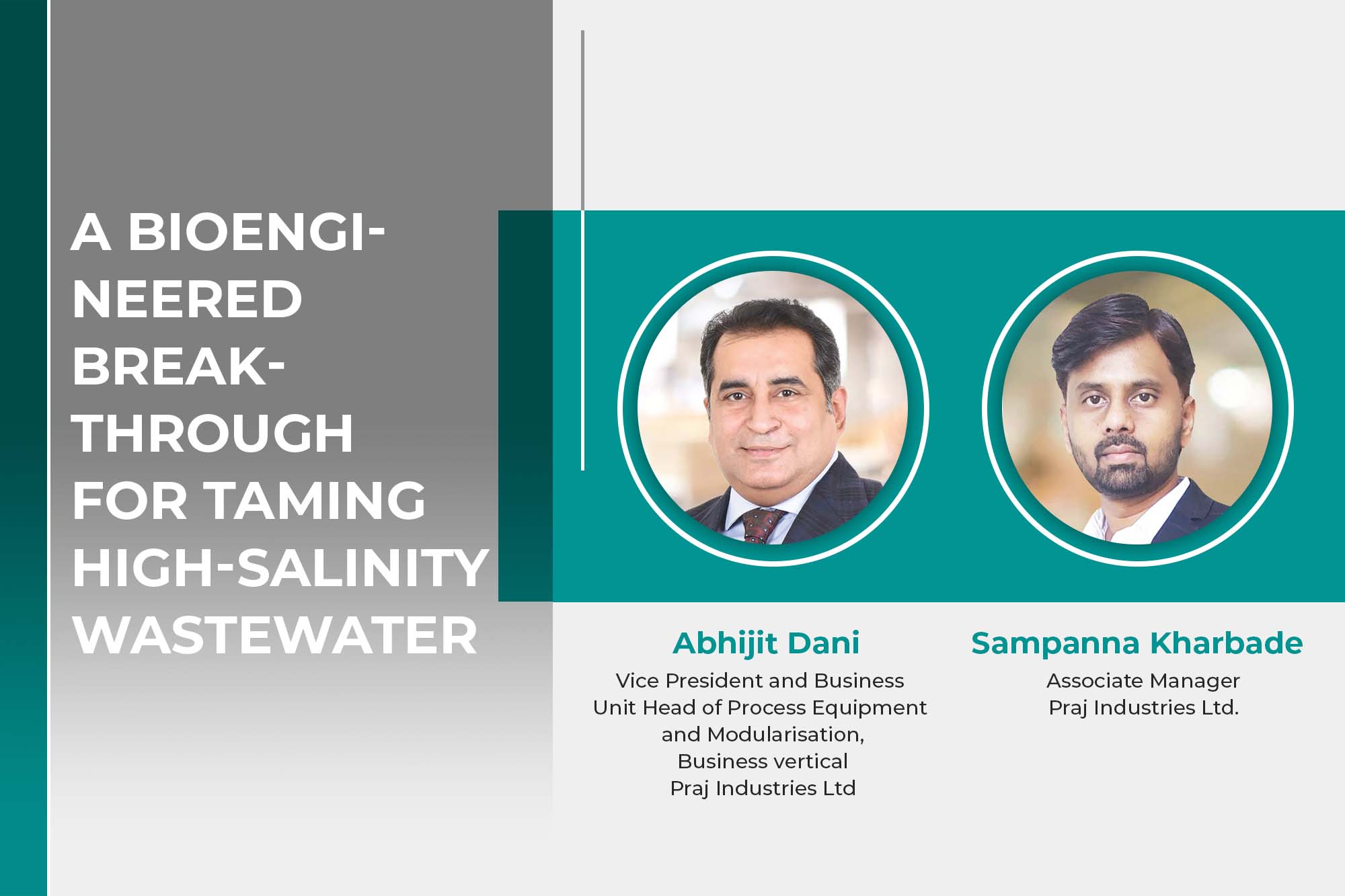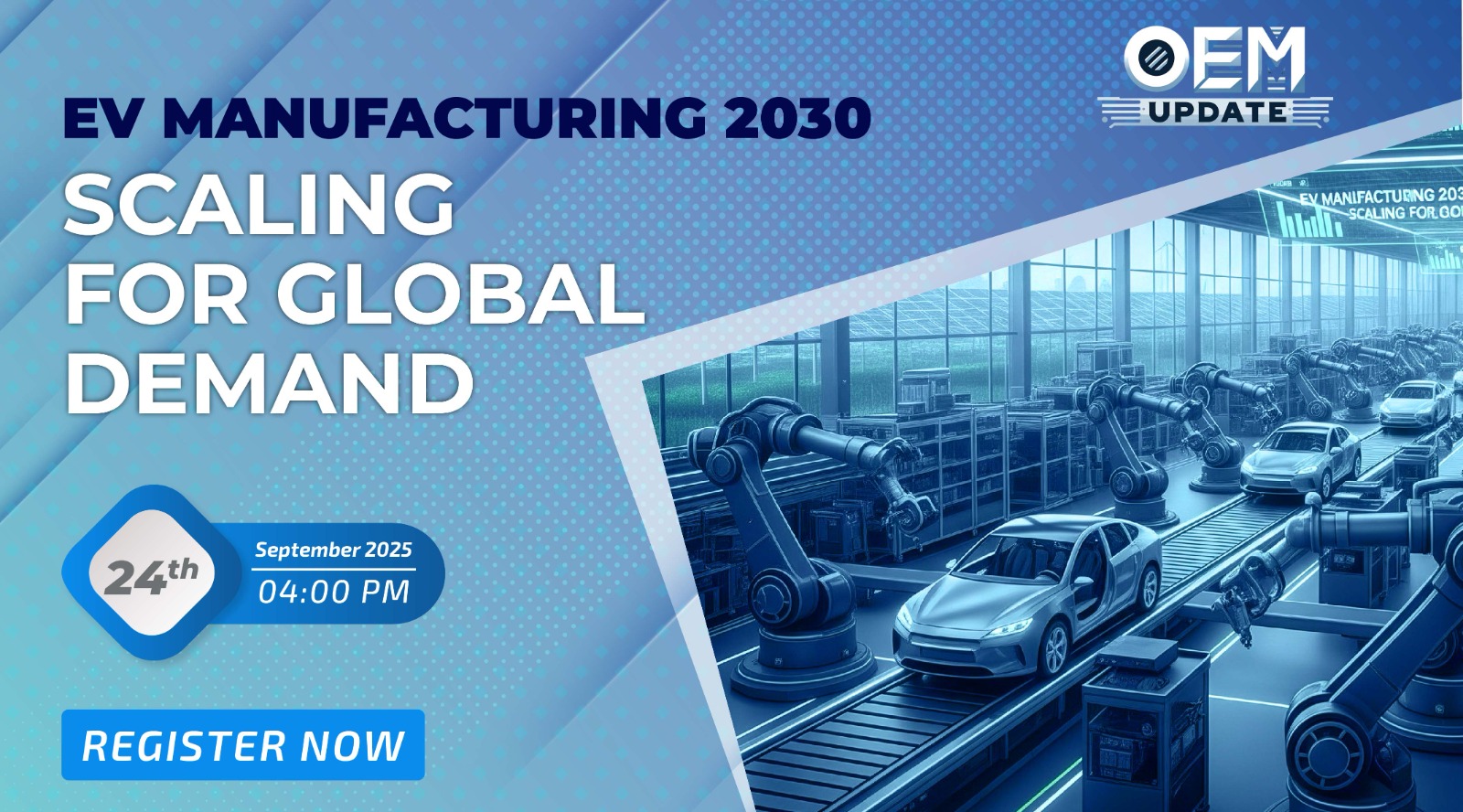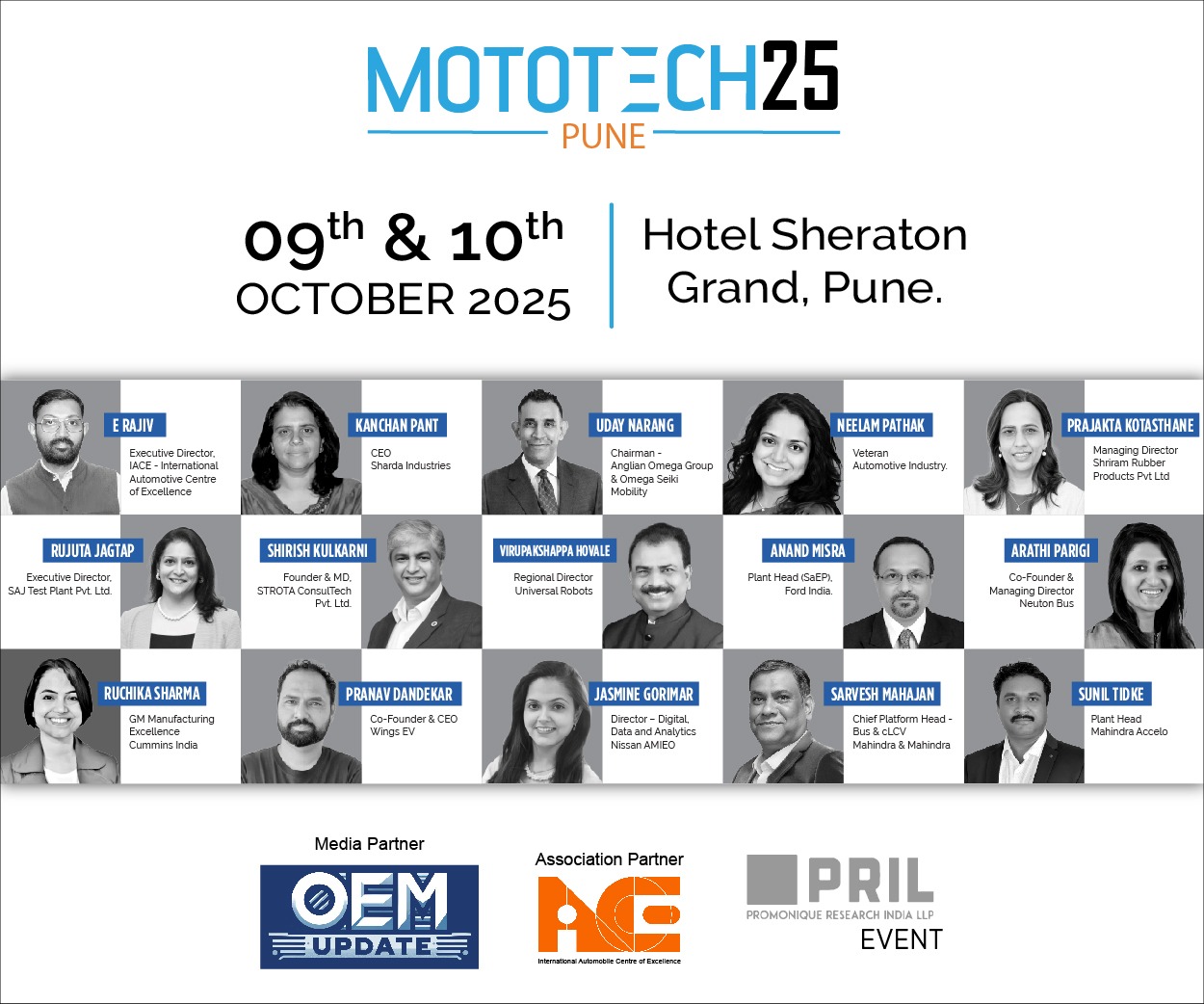Turn Industry 4.0 into reality with seamless integration between IT and OT
By admin December 15, 2014 12:39 pm IST
With the rapid evolution of the Internet of Things (IoT), one can assume that almost every company would have a plan for connecting automation and business systems.
IHS estimates that the number of Internet connected devices in the industrial automation sector will increase more than fiftyfold from 2012 to 2025 – at a compound annual growth rate of 36.3 per cent.
Yet surprisingly low levels of integration were found between Information Technology (IT) and Operational Technology (OT). Only 14 per cent of executives say that all plant-floor data is integrated with enterprise systems; about a fourth have little more than half of their plant-floor machinery (not including computers) Internet-enabled; and 30 per cent reported that none of their equipment is Ethernet-enabled.
The future of industrial automation is inextricably tied to the rise of Internet Protocol (IP) technology and an infrastructure that can accelerate the IoT revolution.
Around the world, forward-thinking companies and governments understand the need for investment. In Germany, the federal government is underwriting Industries 4.0, also referred to as “Industry 4.0,” to help industries harness the intelligence generated by the IoT to optimise processes, increase efficiencies and spur innovation.
Much of the technology needed for this revolution already exists. That includes IP-enabled networks (industrial Ethernet and Wi-Fi), information infrastructure (hardware and software), and intelligent, connected devices such as sensors, actuators and switches.
However, to take full advantage of these connected devices, another wave of integration is required – organisations need to bring their equipment and systems into the modern, information-enabled world. Five-stage modelA five-stage Connected Enterprise Maturity Model is one guide for implementing a more intelligent OT/IT network.
• Stage 1 (Assessment): Evaluating an organisation’s existing OT/IT infrastructure, including controls, networks, information solutions and security, is critical. A thorough assessment helps create the blueprint for new collaborative operation, laying the foundation for advanced technologies such as business intelligence software or cloud-computing capabilities.• Stage 2 (Secure and upgraded networks and controls): A challenge for many organisations is the sheer volume and variety of outdated controls and networks in place. In this stage, the organisation builds an OT/IT backbone that can deliver secure, adaptable connectivity from plant floor operations to enterprise business systems. Planning begins, and cross-functional teams assess new technology options and establish upgrade roadmaps.• Stage 3 (Defined and organised working data capital): The team now starts to define and organise all the available data needed for improving business processes. An effective OT/IT operation incorporates data from IoT devices across the enterprise to deliver performance-critical information that can be used for real-time, critical decision-making.• Stage 4 (Analytics): The focus shifts to continuous improvement and how best to leverage the newfound OT/IT capabilities. Analytics utilising the WDC help pinpoint the greatest needs for real-time information. In this stage the data turns into information that is insightful and actionable.• Stage 5 (Collaboration): Create an environment that anticipates activities throughout the enterprise and through the supply and demand chain, enabling responsiveness to external events, supplier and customer activities, business trends, and changing market conditions. Organisations are also able to leverage centrally located domain experts across their operations, sharing best practices and enlisting the knowledge base of an entire supply chain.n
Authored by-
Mike Hannah,Rockwell Automation
Cookie Consent
We use cookies to personalize your experience. By continuing to visit this website you agree to our Terms & Conditions, Privacy Policy and Cookie Policy.



